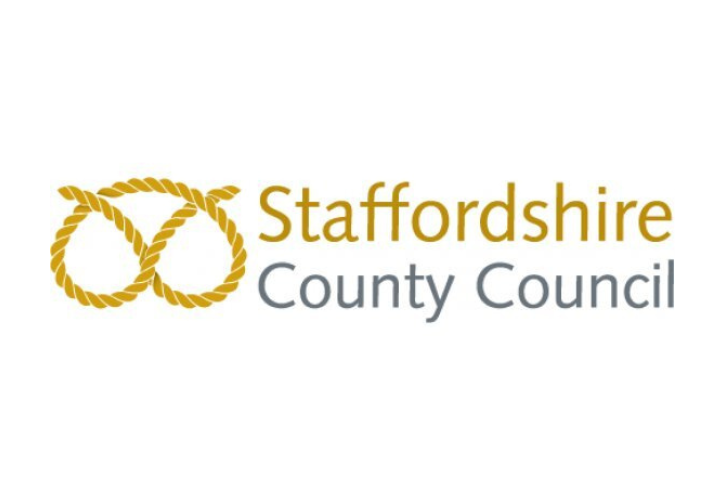Recruitment reporting empowers you to take recruitment to the next level. It’s instrumental in identifying possible improvement areas and tracking progress against your strategic objectives.
But which reports should you be most focussed on? We spoke to Chris Redhead and Ellis Ridge from our Account Management team to understand which reports they’re seeing organisations focus on right now.
This article is aimed at all recruiters, not just Tribepad customers so we haven’t dived into specific areas of our platform. If you’re a Tribepad customer and you’re not confidently doing all this stuff yet, grab your account manager and they’ll talk you through it.
#1 – Time-to-hire reporting
A recent In-house Recruitment event asked attendees to share their key recruitment metric right now – time-to-hire topped the list with 24%. Chris and Ellis agree, but also identified a major roadblock.
“In theory, reporting on time-to-hire is straightforward”, Ellis comments, “but teams often find internal processes let them down. If they’re not using the platform correctly – like moving candidates from interview stage into offer stage on Tribepad when an offer goes out – then you can’t report accurately on time-to-hire.”
Depending on your current state of play, then, your journey towards better time-to-hire reporting may start with scrutinising your recruitment process and building internal compliance.
That starts with outlining a consistent process you want everyone to follow, then using reporting to mandate accountability.
Tribepad offers extremely granular insight into recruitment activity, so you can understand exactly where process bottlenecks happen. For example, maybe one team, or one new recruiter, isn’t following the right process and needs more training and support.
For example, we spoke to Simon Pollen, Strategic Resourcing and Talent Acquisition Manager at Richmond & Wandsworth Councils recently about tactics to build engagement, including recruitment process walkthroughs and mandatory weekly workshops.
Once you’ve built internal process consistency, reporting on time-to-hire becomes simple. But remember – louder for those in the back – more data isn’t an end in itself but a launchpad for improvement.
As Chris points out, “many clients, especially in sectors like healthcare and social care, have realised they need to engage with applicants within 48-hours or they’ve already found another job. Time-to-hire data alone doesn’t fix that problem – it’s what you do with the data that matters.” Here’s a walkthrough of how to use data to accelerate time-to-hire.
#2 – Diversity Reporting
In-House Recruitment’s poll showed 19% of recruiters are prioritising diversity right now – something we’re definitely seeing among our clients.
“Diversity reporting is hugely important for everyone I work with,” Ellis says. “The crucial thing is though, you can’t report on what you haven’t collected. If you want to report on diversity at every stage of your recruitment process, that must start with collecting diversity data from applicants. Then you can track how diversity flows through your recruitment process.”
Read more: How recruiters are using Tribepad to deliver on diversity
Tribepad comes with a pre-built diversity questionnaire covering the most common diversity questions, or you can also create a custom questionnaire covering as much detail as you’d like. All the data is anonymous so it can’t contribute to bias, but it helps you understand how you’re pulling people through your process.
For example, you could ask applicants whether their present gender was the same as assigned at birth, or whether candidates’ parents were university-educated.
Once you’ve collected that data, you can track how applicants flow through your recruitment process, to highlight your bottlenecks. For example, perhaps you notice your applicant pool has an equal balance of Black, Asian and minority ethnicity candidates but you’re not pulling them through to interview.
Should you make diversity questions optional or mandatory?
Most teams debate whether to make diversity questions optional or mandatory, recognising that some candidates might be reluctant to share such information.
But collecting this data is crucial to driving change, not just within your organisation but for the world of work as a whole. We won’t achieve a fairer, more inclusive world without practical actions to create accountability.
Instead of making these crucial questions optional, consider making them mandatory but – super important – including context for candidates explaining exactly why you’re asking and how you use the data. You could even create a download for candidates going into detail on how you act on diversity, and how everyone who applies is helping you become fairer and more inclusive.
Chris warns that your commitment to diversity mustn’t stop with collecting data, though: “Reporting is a fantastic tool around diversity but it’s not the be-all and end-all. It’s about having a joined-up journey and building a recruitment process that’s proactively designed to progress your strategic objectives around ED&I.”
On that note, Laura Roche, ED&I Advisor for SCS JV, recently shared 12 actions that’ve helped her team create momentum around diversity. Robust diversity reporting features, of course, but she emphasises other tactics too, like training hiring managers, automating the right actions, and working on cultural change.
#3 – Candidate experience reporting
A fast, modern, engaging candidate experience isn’t even a differentiator for recruitment teams today: it’s a fundamental expectation.. And 16% of respondents to In-House Recruitment’s poll agree in the strongest terms, identifying candidate experience as their most important metric.
Although few recruiters would disagree about the importance of candidate experience – and few teams are nailing it yet – reporting on CX can be challenging. It’s not as simple as running a time-to-hire report or diversity report because CX is inherently subjective.
You’ll need to combine and cross-reference qualitative data – that is, candidates’ perceptions of their experience – with quantitative data that looks indirectly at possible candidate experience indicators, like time-to-hire, dropout spots, application response rates, and so on.
Chris and Ellis discuss the need for both types of data to start improving your candidate experience.
“On the qualitative side, we’ve got a lot of clients gathering feedback from candidates, both successful and unsuccessful, after the hiring process” Chris says. “You can then benchmark your CX and track the impact of candidate experience initiatives over time.”
“But candidate experience doesn’t just mean asking candidates what they think,” Ellis adds. “Digging into your application journey data is usually a great place to start, because areas with a high drop-off rate are usually a symptom of poor candidate experience.”
You get out what you put in…
Across all three areas – in fact, across any area you can imagine – one truth resounds. You only get out what you put in.
Recruitment reporting can be extremely powerful. Your recruitment team, in theory, generates a vast amount of data – and a good reporting tool can collate and analyse any data points within that, at bird’s eye or microscopic level.
But ‘doing lots of stuff’ and ‘generating lots of data’ aren’t synonymous. Recruitment will always have an analogue human element – but analogue human actions are invisible (to your technology) until they’re put into the system and transformed into reportable data.
If your reporting isn’t where you’d like, then, working on internal process and compliance is almost certainly your best starting point. You’ll see the benefits quickly…
Tribepad is a powerfully straightforward enterprise talent acquisition suite, used by 25-million people in 16 languages. We make handling your most complex recruitment challenges feel simple. Book a demo now.






